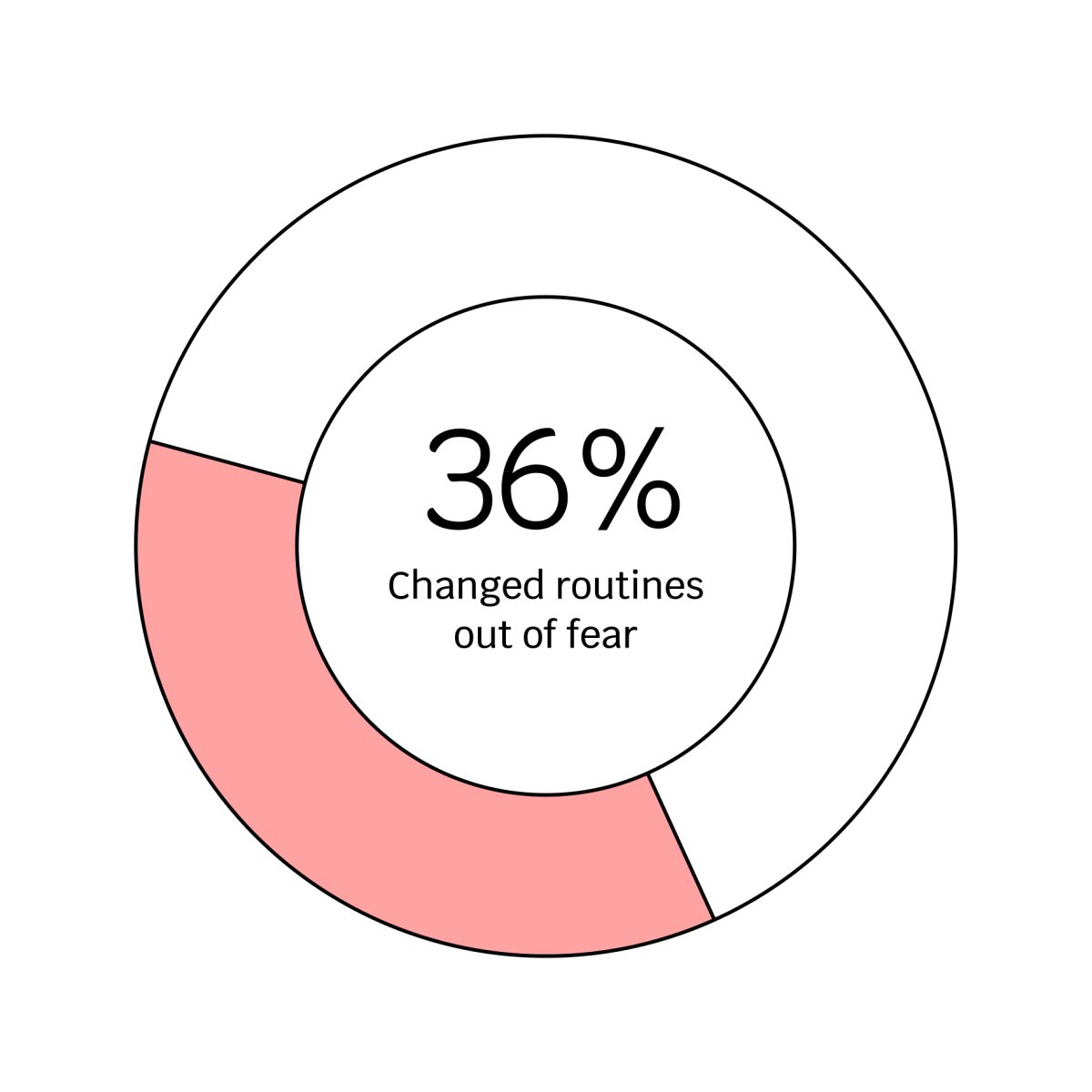




 The Pacific-12 Conference, better known as the Pac-12, has effectively ceased to exist as we know it. What happened to the Pac-12 is tragic, but money does talk and the millions were screaming.
The Pacific-12 Conference, better known as the Pac-12, has effectively ceased to exist as we know it. What happened to the Pac-12 is tragic, but money does talk and the millions were screaming.
Prior to the imminent dissolution of Pac-12, the conference consisted of two divisions, the North and the South. The South consisted of the University of Southern California, UCLA, University of Arizona, Arizona State University, University of Utah and University of Colorado, Boulder, while the North was made up of the University of Washington, Washington State University, UC Berkeley, Stanford University, Oregon State University, and the University of Oregon.
The Pac-12 is the premier West Coast conference. It has the most history, winning the most NCAA national championships, thus earning the nickname Conference of Champions. As time passed, the conference hit a point where it was surpassed, not only with field play but also in terms of media deals, compared to the Southeastern Conference, the Big 10 and Big 12, which had games aired on ESPN, FOX, CBS and ABC. All those channels are found on most basic cable packages, while the Pac-12 is on its own channel which wasn’t easily accessible.
UCLA and USC decided to leave the Pac-12 for a bigger TV deal and more national games. They will take off to the Big 10 next year, where the majority of the schools are located in the Midwest and stretch as far as New Jersey. Geographically, the move makes zero sense. It is more travel and long days away from school, especially to Penn State University, University of Maryland and Rutgers University on the East Coast. In fact, the distance from USC to Maryland’s campus is 4,596 miles. Despite the geographical challenge, the move made millions.
According to a report written by ESPN senior writer Adam Rittenberg, the Big 10 is projected to pay around $80 million to $100 million to each of the 16 teams in the conference. The Pac-12 itself came out with a report saying that in the 2021-22 season, each team in the conference earned a measly $37 million.
For the four teams leaving the Pac-12 to the Big 10, Washington, Oregon, USC, and UCLA, the level of competition stepped up in most major sports.
For example, in men’s basketball alone, the Big 10 sent eight teams to the 2023 NCAA Tournament. The Pac-12 sent just four. Pac-12 football has not been as dominant in the college football playoff era as they were in the Bowl Championship Series era, having only appeared in the playoff twice. The Big 10 has been dominant with eight college football playoff appearances.
Teams are not only leaving the Pac-12 to the Big 10; some are headed to the Big 12. This time, the realignment makes sense from a geographical standpoint. Utah,
Arizona, Arizona State and Colorado will all relocate to the Big 12, where some could argue is where they belonged in the first place. The Big 12 is made up of schools mainly in the
Southwestern part of the U.S., but with recent additions in 2021, it stretches as far east as Orlando, Florida, home of the University of Central Florida. Colorado’s move to the
Big 12 is a return, as it was the conference they called home from 1996-2010.
The final two schools to announce their exits of the Pac-12 were Berkeley and Stanford. These schools take a different approach to athletics than most schools. According to an article by Forbes, both schools are among the top five universities in the U.S. They take academics more seriously than athletics at these schools, but still manage to produce top college athletic teams that compete in a major Division I conference.
It was going to take a special offer to get these teams to the table, and the Atlantic Coastal Conference (ACC) offered just that. The two schools will get around $25 million annually in the league. In their eighth year,
they will be paid around $39 million.
Despite finding a home, the geographical fit is the worst of the three. There is nothing Atlantic about Berkeley and Stanford, which border the opposite coast. In addition to the coast-to-coast link up, Southern Methodist University in Dallas, Texas, was added to the ACC.
This was the key to the ACC forming together with the two Pac-12 schools. Dallas will be the host for a lot of the events, as it is seen as a middle ground between the widespread teams.
From 2024 onward, the landscape of Division I athletics will look vastly different compared to the past four years. The next time Oregon and Washington State or Arizona and UCLA play each other in the regular season, it will be the last time as conference foes.








